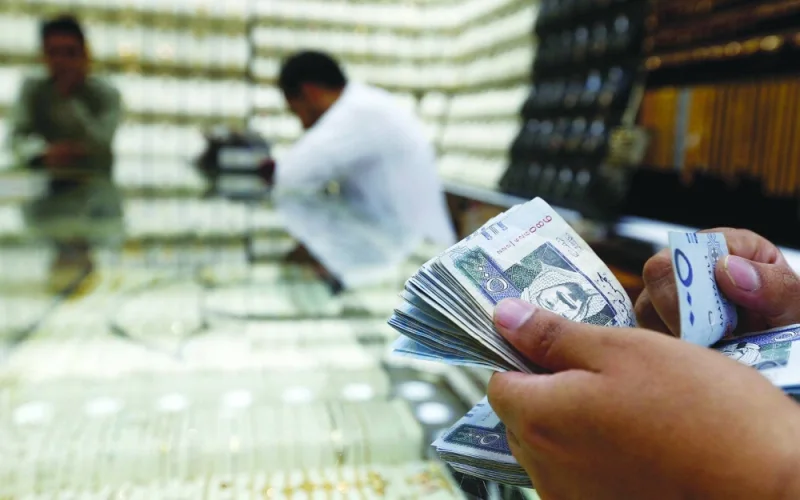Saudi Arabia’s biggest source of employment and corporate profits will emerge largely unscathed from the oil production cuts that threaten a contraction in the $1tn economy, according to the International Monetary Fund.
“There’s a lot being done to de-link oil prices” from private-sector activity, Amine Mati, the IMF’s mission chief for Saudi Arabia, said in an interview. “We do expect the non-oil growth momentum — at least for 2023 and 2024 — to continue.”
The strength of the non-oil sector, which contributes about 60% to gross domestic product, helps explain the willingness of Saudi officials to stick with supply curbs following a spurt in the economy last year that made it the fastest growing in the Group of 20 club of countries. The IMF expects Saudi non-oil growth at around 5% this year, according to its latest Article IV review of the kingdom published Wednesday.
Overall GDP is set to grow nearly 2% in 2023, an estimate made before Saudi Arabia’s decision this week to prolong its supply cutback of 1 million barrels a day until December. The additional three-month move means the IMF will lower its latest projection for the broader economy, according to Mati. Reductions by the world’s biggest crude exporter, in cooperation with Russian export curbs, have left little scarring in the economy thanks in part to the government’s generous spending on salaries and massive infrastructure projects that’s kept the budget in deficit during the first half of the year.
The Saudis introduced their additional supply decreases in July, deepening reductions already made with partners in the Opec+ alliance.
Many analysts are less optimistic than the IMF, at least as far as overall growth is concerned. Factoring in the latest move, Bloomberg Economics predicts a contraction of around 0.7% in Saudi Arabia’s real GDP this year.
“The number of barrels Riyadh pumps will fall, but non-oil activity will still grow at a healthy 4%. And that’s the sector that really matters for job creation and corporate profits,” says Ziad Daoud, chief emerging markets economist, Bloomberg Economics.
Now that the production restraints are pushing up oil prices, the kingdom may have even more room to turn on the fiscal taps and keep the non-oil sector humming. Despite efforts to diversify the economy by Saudi Arabia’s Crown Prince Mohamed bin Salman, oil is still critical to government spending and makes up around 80% of the country’s exports.
“The decision to extend the production cuts supports a higher oil price environment, which in turn is critical for the government to have enough money to keep funding its growth ambitions,” said Mohamed Abu Basha, head of macroeconomic research at EFG Hermes.

A man counts Saudi riyal banknotes in a jewellery store in Riyadh. The IMF expects Saudi non-oil growth at around 5% this year, according to its latest Article IV review of the kingdom published Wednesday.


